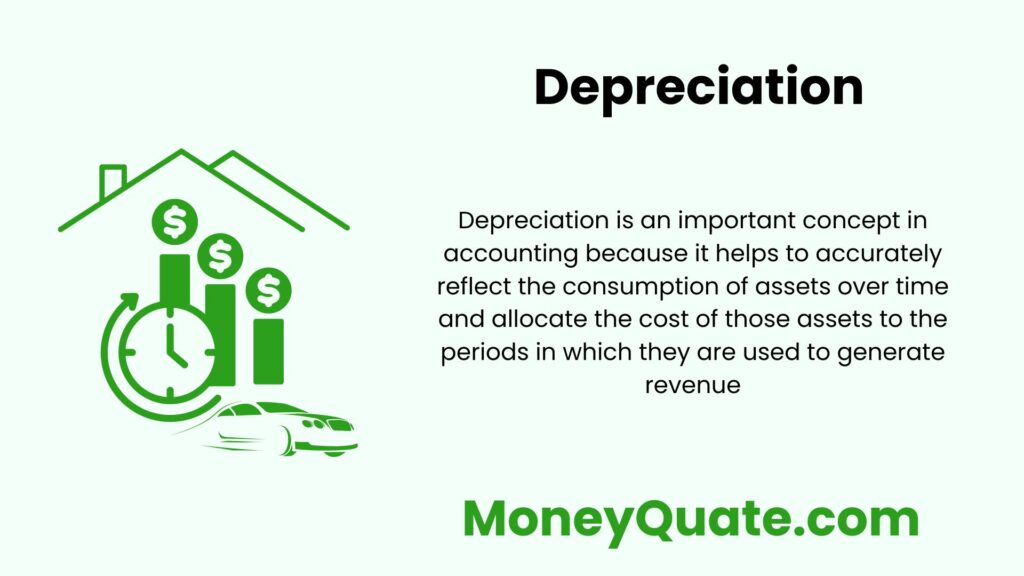Contents
Introduction
Depreciation refers to the systematic allocation of the cost of tangible assets over their estimated useful lives.
For example, consider a manufacturing company that purchases machinery for $100,000. Instead of recording the entire cost as an expense in the year of purchase, the company spreads the cost over the machinery’s useful life through depreciation.

Factors Influencing Depreciation
- Physical Wear and Tear Example: A delivery company owns a fleet of trucks. Over time, these trucks experience wear and tear from regular use, resulting in decreased value. The company depreciates the trucks annually to account for this decline.
- Technological Advancements Example: A software development firm invests in computers for its employees. As technology advances rapidly, newer and more efficient models are introduced, making the existing computers less valuable. The firm depreciates the computers to reflect their diminishing worth.
Methods of Depreciation
- Straight-Line Method Example: A construction company purchases office furniture for $10,000, with an estimated useful life of 10 years. Using the straight-line method, the company records depreciation expenses of $1,000 per year ($10,000 / 10 years).
- Declining Balance Method Example: An electronics retailer buys display shelves for $5,000, expecting them to last five years. The retailer uses the declining balance method, which front-loads depreciation. In the first year, assuming a depreciation rate of 20%, the depreciation expense is $1,000 (20% of $5,000). The subsequent year’s depreciation is calculated based on the remaining book value.
Financial Reporting and Tax Implications
- Accurate Financial Statements Example: A construction company depreciates its heavy machinery over their estimated useful lives. By recording depreciation expenses annually, the company accurately reflects the cost of using these assets in its financial statements, matching expenses with revenues.
- Tax Deduction Example: A small business purchases office equipment for $20,000 and depreciates it over five years using the straight-line method. Each year, the business can deduct $4,000 ($20,000 / 5 years) from its taxable income, reducing its tax liability.
Asset Management Considerations
- Maintenance and Upkeep Example: An airline company maintains a fleet of airplanes. Regular maintenance and repairs help extend the aircraft’s useful life and reduce the rate of depreciation.
- Asset Replacement Planning Example: A hotel chain plans to renovate its properties every ten years. By depreciating the existing furnishings and equipment, the chain sets aside funds for future replacements, ensuring the properties remain attractive to guests.
Conclusion
Depreciation is a crucial accounting concept that allows businesses to spread the cost of assets over their useful lives, reflecting their diminishing value accurately. Through various methods and considerations, depreciation ensures accurate financial reporting, tax efficiency, and effective asset management for businesses across industries. Examples demonstrate how depreciation is applied in practice, illustrating its significance in financial decision-making and business operations.
1 thought on “Depreciation: From Wear and Tear to Tax Savings”